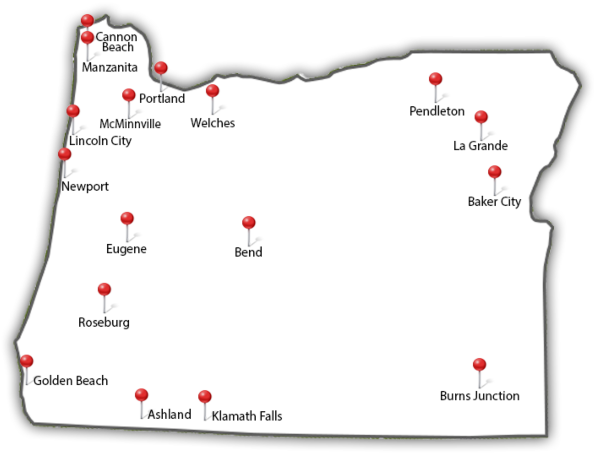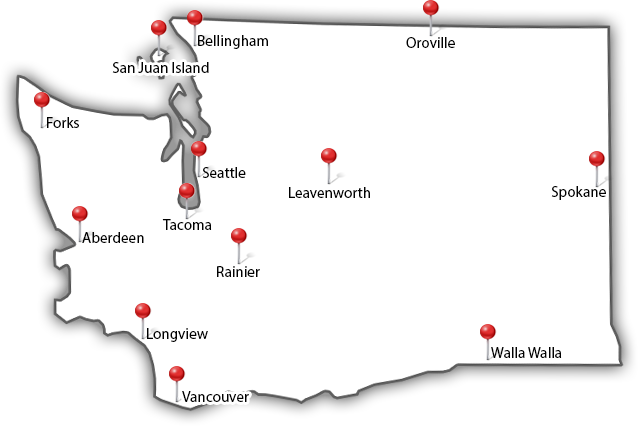5 Tree Pruning Tools You Need
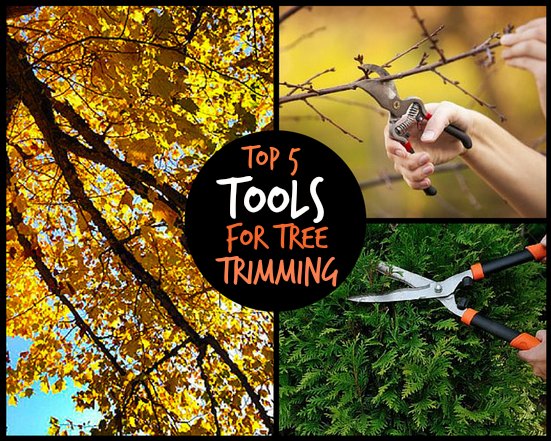
Are branches blocking your windows or walkways? Are you tired of that overgrown tree dropping twigs all over the yard? Or is an old tree simply growing out of control?
Residents of the Pacific Northwest are no strangers to tree woes.
With the right tools, you can solve many small tree problems with a little DIY pruning. (Save major tree issues for us professionals.) Trimming can keep trees healthy, add value to your property, and make you the envy of your neighbors.
But which tree pruning tools should you use? The best tree pruning tool for any job depends on how thick and high up the branches are, so I’ll talk more about that in this post.
Here are 5 great options you’ll want to have in your tool shed:
1. Anvil Hand Pruning Shears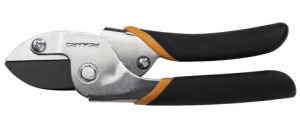
These small, hand-held shears have just one blade, which cuts as it closes onto a flat surface.
When to use them: Anvil shears are perfect for very small, easy-to-reach branches with a diameter of 1/2 inch or less. They are strong but tend to crush when they cut, so use them on dead branches and twigs rather than living ones.
2. Bypass Hand Pruning Shears
Un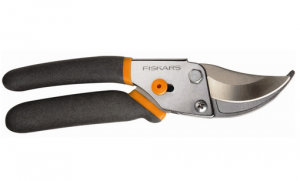 like anvil pruners, bypass shears have two curved blades that cut by moving past each other like scissors.
like anvil pruners, bypass shears have two curved blades that cut by moving past each other like scissors.
When to use them: Bypass shears make more precise cuts than anvil shears. They are best for cutting living branches no thicker than 1/2 inch in diameter.
3. Loppers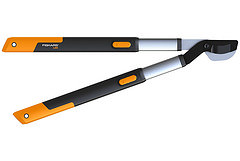
Loppers are similar to hand shears, but they have longer handles, which give you more leverage for larger branches.
When to use them: Most loppers can tackle branches up to 2 inches in diameter. Use them for easy-to-reach branches that are just a little too thick for hand shears.
4. Combination Pole Saw Pruners
This amazingly versatile tool serves a huge variety of tree pruning needs. As you might have guessed, these long poles have both a saw and a shearing feature.
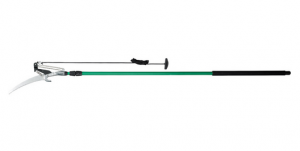
When to use them: Combination pole saw pruners are ideal for areas you can’t reach from the ground with other tools. The shearing feature is good for branches smaller than 1/2 inch, while the saw will work on thicker ones.
5. Pruning Saws
Pruning saws are one of arborists’ favorite tools. 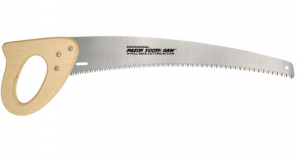 They are similar to traditional hand saws but specifically made for tree pruning.
They are similar to traditional hand saws but specifically made for tree pruning.
When to use them: When a branch is within reach but loppers can’t handle it, a pruning saw might be your best bet. Pruning saws are great for branches about 1 1/2 inches thick or more.
Safety First
Unfortunately, DIY tree-trimming disasters do happen. Always wear gloves and eye protection, and if you’re planning on doing any serious pruning, you may want to invest in a hard hat to protect you from falling branches.
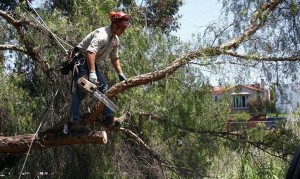
Even with the best tools, some tree problems are too big to tackle alone. That’s why we’re here. Certified arborists like us know how to safely deal with large projects or trees in danger of falling on people or property.
Are you concerned about the health or appearance of one of your trees? Contact us today and we can help.
Photos: Home Depot, Lowes, Scott Lewis, Lowes, Lowes
blog comments powered by Disqus







